My name is Thomas Witte, inspired by the vibrant stencil graffiti scene in Buenos Aires, I create intricate cut paper drawings utilizing images I have photographed as well as photographs my grandfather shot over a 40-year period. The photographs my grandfather took show the history of his family and friends, from backyard barbeques to travels to Spain, Japan, and Turkey.
The piece I am presenting here is based on a slide taken by my grandfather, Dr. Norman C. Witte, in Bermuda, 1969. What interested me in this image was the fact that nothing seemed posed. He captured the action of an experience that so many of us have had on vacation somewhere. I include the details of a place, which tend to reveal the time period, but not the place itself allowing the viewer to fill in the missing parts based on their own experience. My grandfather shot slides as if they were digital. Instead of capturing a moment in a single picture, he shot multiples, showing the expanse of a place and time. He would photograph the monument they were visiting as well as the crowds of people surrounding it. This way of documenting his experiences is what allows me to explore deeper his travels and life.

Process:
I begin my process by viewing hundreds of images looking for the next piece. The image I choose may not be selected because of the subject of the photo, but the background or specific person in the picture. I have seen all of the slides in my collection hundreds of times but, as my interests change, the slides seem to adapt, so the images that I may have passed over so many times before could jump out and fit into the particular vision for my work at that time.
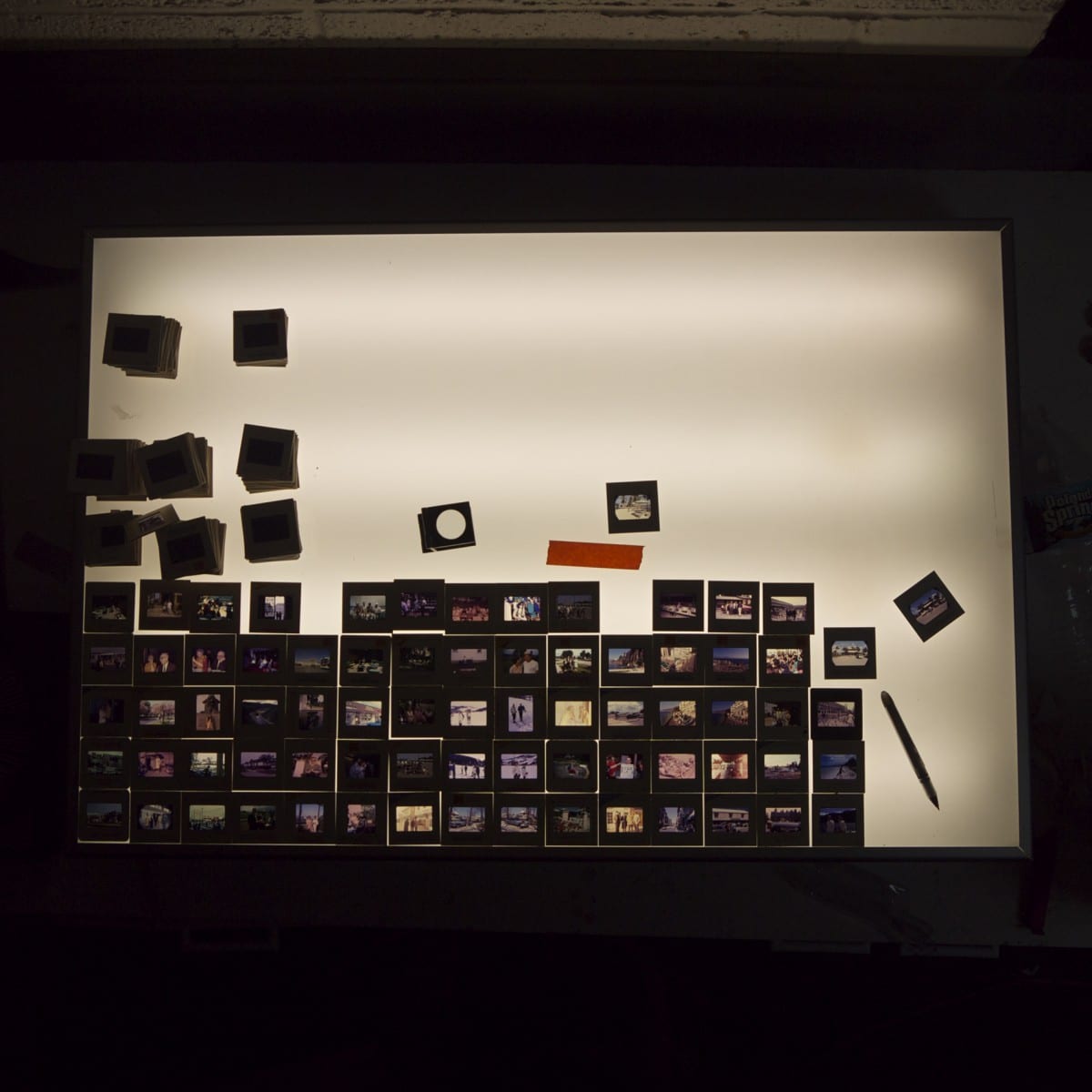
Once a few images have been selected, I make a decision about the size of the piece. I then cut and mount the piece of paper to the wall. I project the various images to select the final piece and then start the drawing making choices that fill different criteria. The drawing must serve as a map that I can follow precisely and which will keep the paper intact leaving no floating areas. The choices made in the drawing process will produce a final piece as close to the original photograph as possible, portraying the illusion of light, shadow, depth, reflection, texture and color. All of this is accomplished with a single sheet of white paper.

The image is drawn in reverse so that all the “dirty work” is done on one side. When all of the lines and shapes have been cut, the piece is carefully flipped over to reveal the clean white side where no ink is visible and the image is now displayed in the correct direction. It is strange to work on a piece in reverse because the countless hours spent on the process make me used to seeing it that way. When the piece is ultimately flipped, I view it for the first time the way it was intended to be.
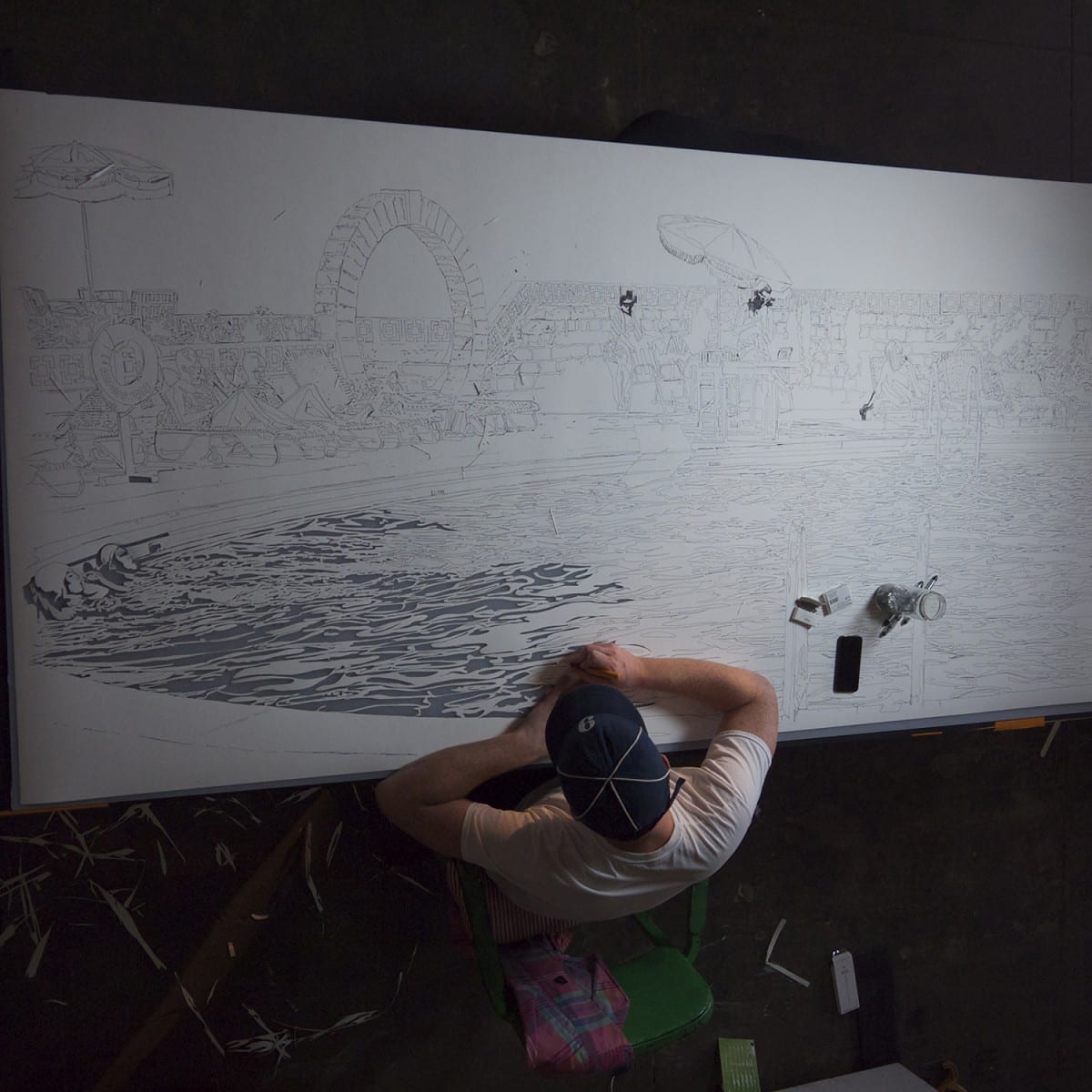
The process is very abstract, I am not looking at the whole image while drawing and cutting, but instead only focusing on very small areas of shapes and lines. This makes the final reveal seem like a completely new experience as if all the illusions have been successful. It is at this point I am able to meditate and get lost in the piece.
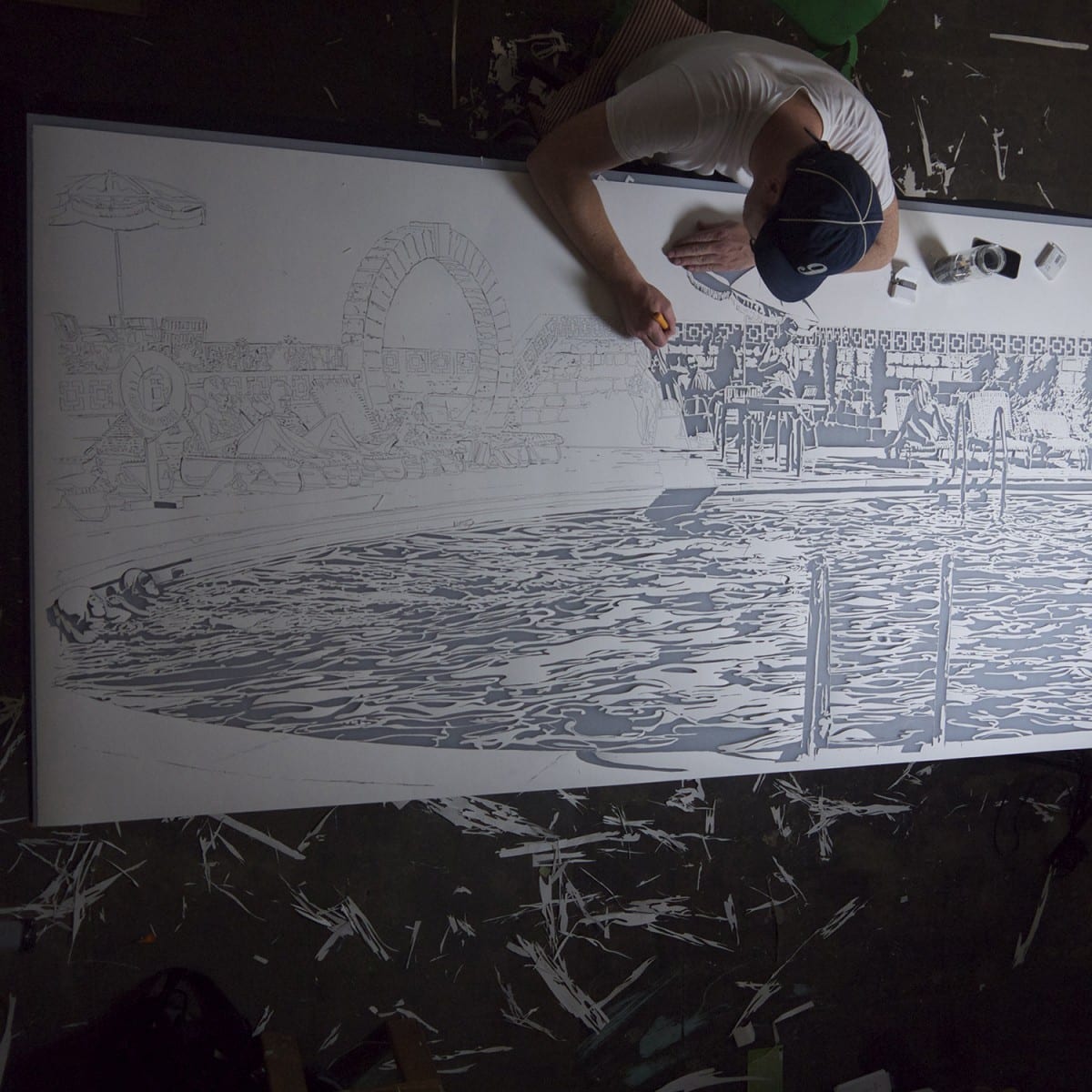
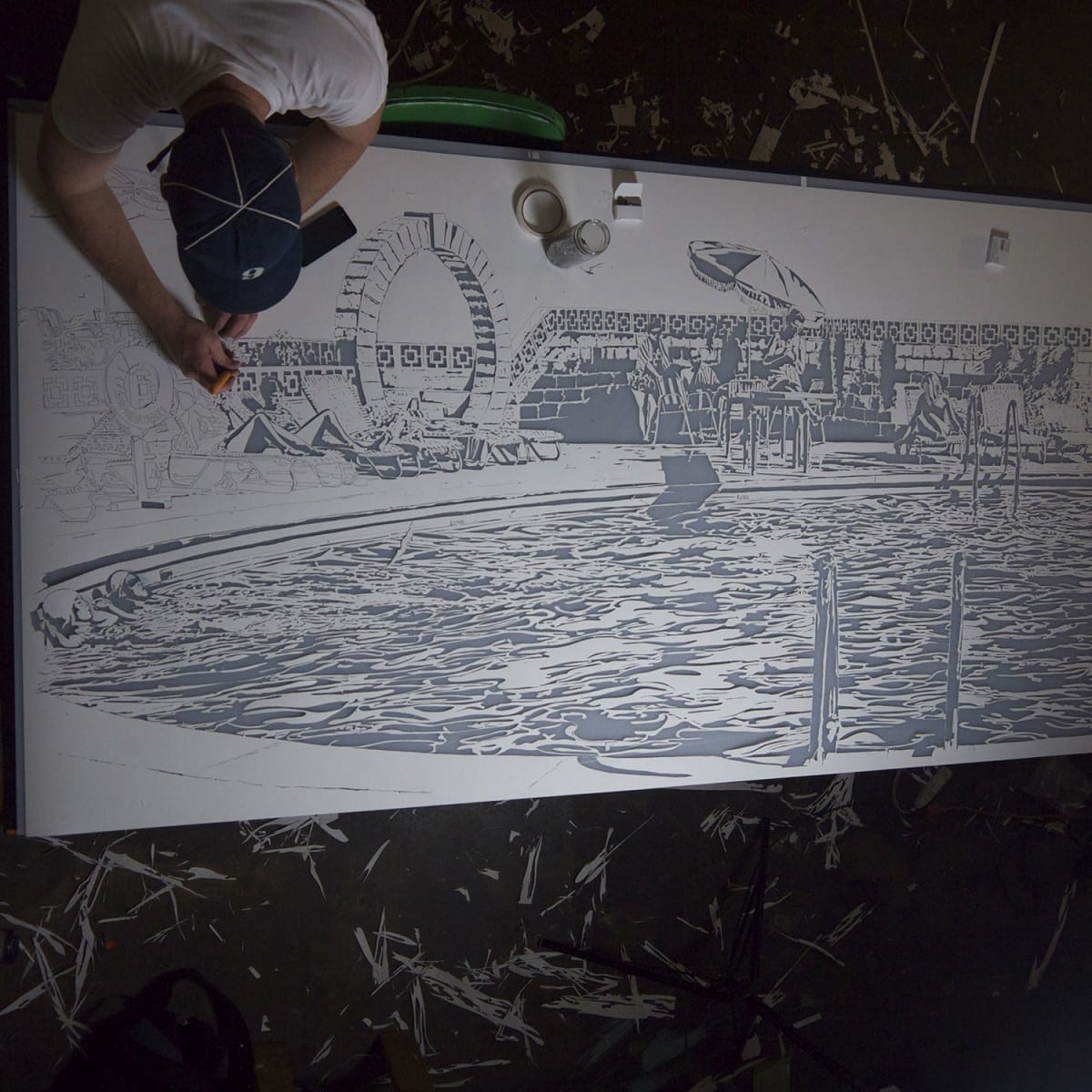
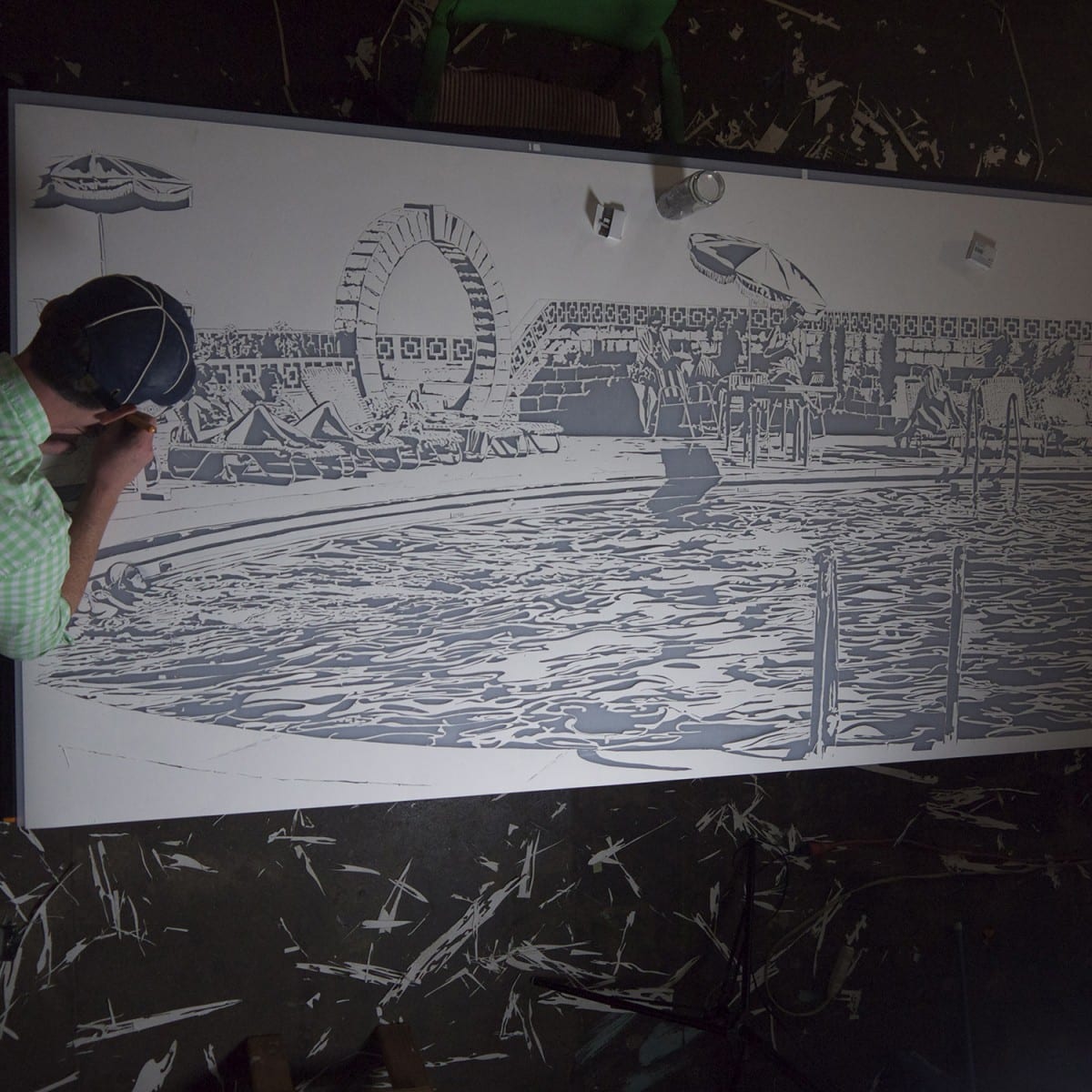
Finally the piece goes to my framer to be mounted. I use two different methods of framing depending on the piece. The first one I use is a double-glazing method, the piece is mounted in between two pieces of glass and floated above a darker background color. In the other, the piece is mounted directly to a background in a shadow box style frame. I use the darker background to showcase the cut portions of the image.

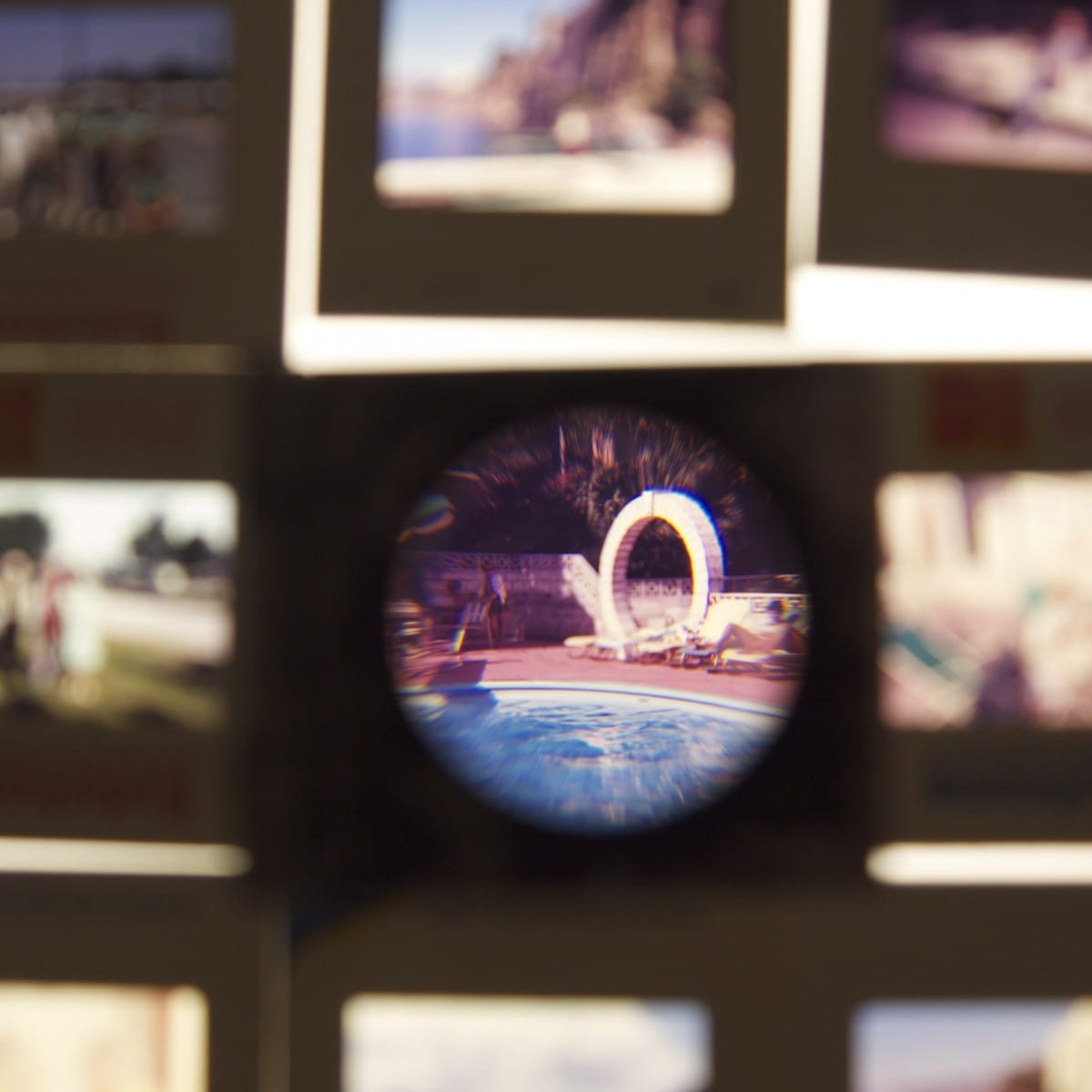
Catch a glimpse inside Thomas Witte’s process. Video ©Antonio M. Rosario
Featured image: Thomas Witte, Bermuda, hand cut archival paper, 96″ x 48″, 2013 ©of the artist and Davidson Contemporary
